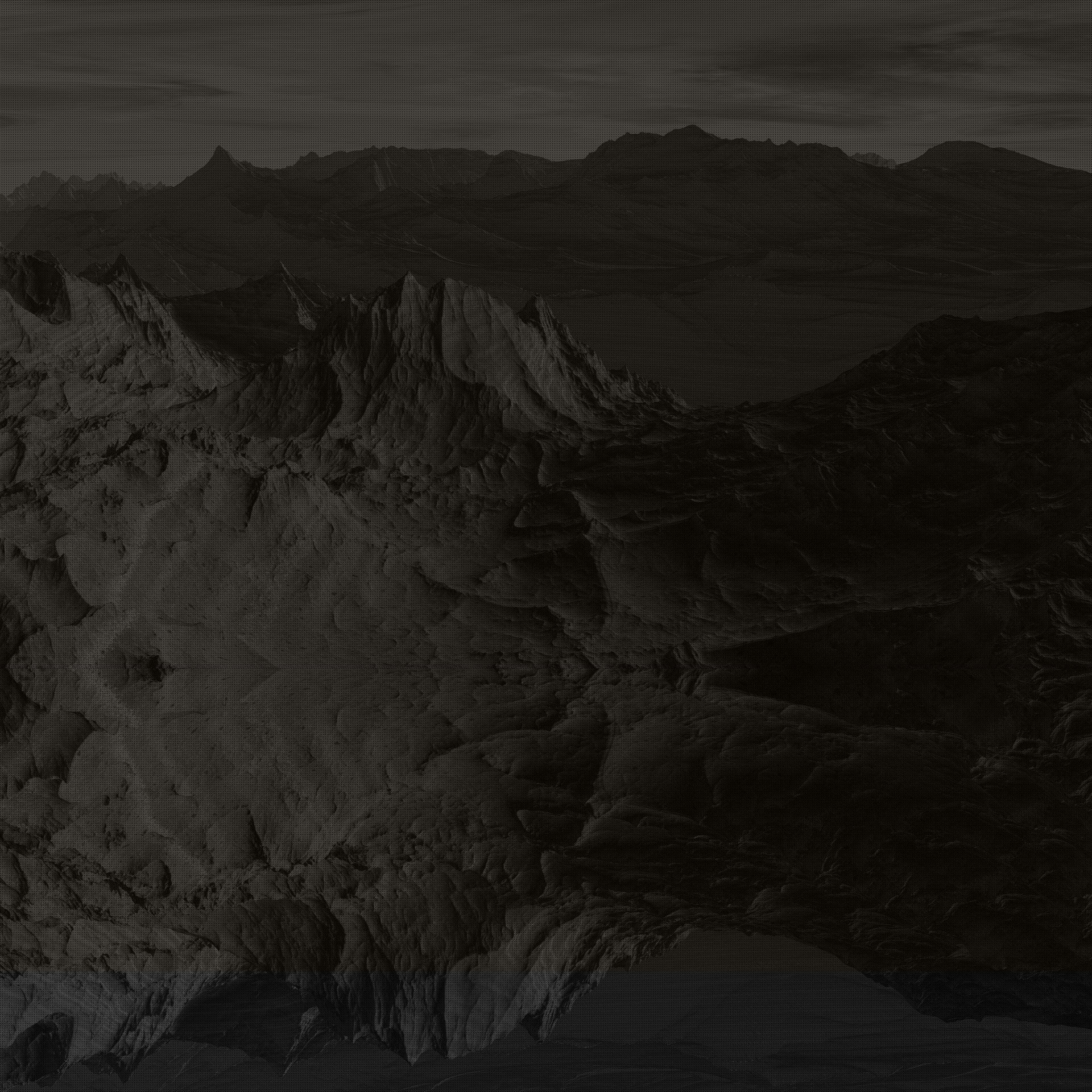[Background] We received full cooperation from the Basilicata Regional Tourism Board for this interview, and were given the mission to delve deeply into the charms of Basilicata over a four-day, three-night trip based in Matera.
My luggage hadn't been brought to my room yet. I got dressed and waited in the lobby of Palazzo Gattini. At 5pm, Michele came to pick me up on foot, umbrella in hand. We were going for a walk around the center of Matera. He lives with his loving family in a residential area just outside the center. The light rain had stopped, the sun was setting, and the Sassi sky was a deep blue twilight.

We are now in the very heart of Sasso Barisano, in front of the Duomo.

The Duomo, completed in 1270 in the 13th century, is in the Romanesque style and exudes tranquil beauty. The rose window is beautiful. The cream color of the local stone "Mazzaro" from Matera is pleasing to the eye. It has perfect proportions.
The view of Civita in front of the Duomo is surreal and beautiful, with the light and shade giving the setting a dramatic effect, like an Italian Christmas (Natale) "Presepio" nativity scene, which is especially important in southern Italy.

The Sassi of Matera is a so-called "cultural landscape" that was declared a World Heritage Site by UNESCO in 1993. It consists of two sassos (originally meaning "rocks"): Sasso Barisano and Sasso Caveoso.

Both of these sites were originally cave dwellings dating back to prehistoric times, and people have lived there for thousands of years. Over the years, buildings were added to the front of the caves, resulting in the current structure. The top part, called Civita, is the newest, and beneath it lies the remains of people's activities over the last several thousand years.
Therefore, there is a high probability that some part of a cave remains behind a building in Matera, and the shapes of these caves are endless. Therefore, even just walking around the city is interesting because the topography is infinitely varied. Even just spending time in the various shops and restaurants you happen to stop by is very enjoyable. However, although there are no two buildings that are the same shape, the city as a whole has a sense of unity and cohesion.

I suddenly remembered a book I had read in the university library. It was "Architecture without architects: a short introduction to non-pedigreed architecture," published in 1964 by the American architect Bernard Rudofsky. The Japanese version is "Architecture without architects: a short introduction to non-pedigreed architecture," translated by Watanabe Takenobu (1984), published by Kajima Publishing Co., Tokyo.
The book is a collection of black and white photographs, but it is overflowing with vernacular cityscapes that this American architect has "excavated" all over the world. Each of these has created a unique, cohesive landscape that is one of a kind in the world, as a result of human interaction with the nature unique to that place.
The landscape unfolding before my eyes, the Sassi of Matera, seems to me to be the very embodiment of "architecture without architects." The entire Sassi is a piece of architecture, a work of art. It is architecture as a magnificent story that has been woven by countless people over a vast amount of time since ancient times.
Now they are coming into view as reality. The fact that they have been preserved in such good condition in this modern age feels like a miracle in itself.

[References] "Architecture without Architects"
Bernard Rudofsky, 1964=1969=1995 "Architecture without architects : a short introduction to non-pedigreed architecture" Doubleday & Company
#Basilicatatouristica #basilicata #lucania #Italia #enoturismo #wine #vini #enotori #magnagraecia #fusakosakurai #paesaggi
#Italy #Basilicata #Enotourism #Italian wine #Fusako Sakurai #Italian wine culture course #ACCVI

Commentaires